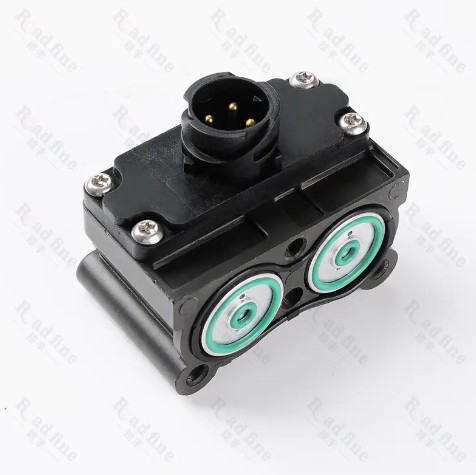Solenoid valves are key components in the field of automotive engineering, making significant contributions to both fuel efficiency and emissions reduction. These electromagnetic devices control the flow of fluids, such as fuel and air, by using electrical signals to open or close valves. In the automotive context, solenoid valves are employed in various systems to optimize combustion processes, manage emissions, and enhance overall vehicle performance.
In the modern landscape of fuel injection systems, solenoid valves play a central role by precisely regulating the delivery of fuel to engine cylinders. By controlling the timing and duration of fuel injection, these valves ensure that the right amount of fuel is used for combustion. This precision results in better fuel atomization, more efficient combustion, and reduced fuel wastage, ultimately leading to improved fuel efficiency and lower emissions.
Another vital application of solenoid valves is in variable valve timing (VVT) systems. These systems utilize solenoid valves to adjust the timing and duration of engine valve openings. This adaptive control mechanism optimizes engine performance across varying conditions, minimizing pumping losses and improving fuel economy through enhanced combustion efficiency.
Emission control is another arena where solenoid valves excel. They are integral to exhaust gas recirculation (EGR) systems, where they regulate the reintroduction of exhaust gases into combustion chambers. This process lowers peak combustion temperatures, reducing the formation of nitrogen oxides (NOx), which are harmful pollutants. Similarly, solenoid valves manage fuel vapor movement in evaporative emission control (EVAP) systems, preventing the release of vapors into the atmosphere and contributing to reduced hydrocarbon emissions.
Turbocharged engines benefit from solenoid valves as well. These valves are involved in controlling the wastegate, which manages the flow of exhaust gases bypassing the turbocharger turbine. Precise control of the wastegate optimizes turbocharger boost pressure, resulting in enhanced combustion efficiency and improved fuel economy.
Transmission systems also integrate solenoid valves, particularly in automatic transmissions. These valves facilitate smooth gear shifts and regulate hydraulic pressure, leading to seamless gear changes and optimal power distribution, thus enhancing overall vehicle efficiency.
In the pursuit of fuel efficiency, solenoid valves even influence idle stop-start systems. These systems automatically shut down the engine when the vehicle is stationary, restarting it as needed. Solenoid valves contribute to the precise control of these processes, reducing unnecessary idling and consequent fuel consumption.
In conclusion, solenoid valves stand as vital components in the realm of automotive engineering, ushering in improved fuel efficiency and reduced emissions. Their precise control over fluid systems within vehicles results in optimized combustion, heightened engine performance, and a diminished environmental footprint. As automotive technology evolves, solenoid valves are poised to take on an increasingly central role in meeting stringent emissions standards and driving advancements in vehicle efficiency.

 English
English Español
Español






















